Retriever Tough Chew Pet Crate Bed – Dog Bedding
With the Retriever Tough Chew Pet Crate Bed, your pet’s crate will feel more welcoming, comfy and cozy. This crate mat is made from durable fabric that’s effective against chewing and moisture, and it features soft foam padding and bolstered walls to give your dog a comfortable place to relax. Available in several sizes to fit most dogs and dog crates.
With the Retriever Tough Chew Pet Crate Bed, your pet’s crate will feel more welcoming, comfy and cozy. This crate mat is made from durable fabric that’s effective against chewing and moisture, and it features soft foam padding and bolstered walls to give your dog a comfortable place to relax. Available in several sizes to fit most dogs and dog crates.
- Available in several sizes to fit most dogs
- Durable, water-resistant polyester fabric protects the pet bed from messes
- Chew-resistant design stops your dog from being able to tear the mat
- Non-skid bottom keeps the mat in place and prevents it from sliding around
- Quilted sleep area, foam padding and bolstered walls provide a cozy feel
- Using a crate mat helps the pet crate feel more comfortable; great for crate training
- Fits compatible size Retriever pet crates (sold separately)
- Made in China
- Extra small crate mat measures: 23 in. x 17 in.
- Small crate mat measures: 30 in. x 20 in.
- Medium crate mat measures: 35 in. x 24 in.
- Large crate mat measures: 42 in. x 29 in.
- Extra large crate mat measures: 48 in. x 31 in.
Additional information
| Bed Shape | Rectangular |
|---|---|
| Breed Size | Small, Medium, Large, Extra Large |
| Care Instructions | Wipe Clean with Damp Cloth |
| Cover Material | Polyester |
| Features | Non-Skid |
| Fill & Frame Material | Polyester |
| Indoor/Outdoor | Indoor and Outdoor |
| Life Stage | All Life Stages |
| Manufacturer Part Number | 100537470 |

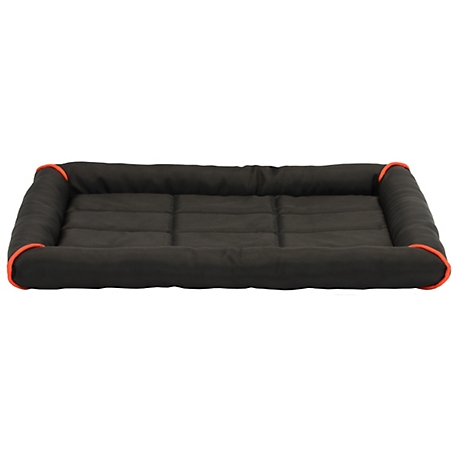
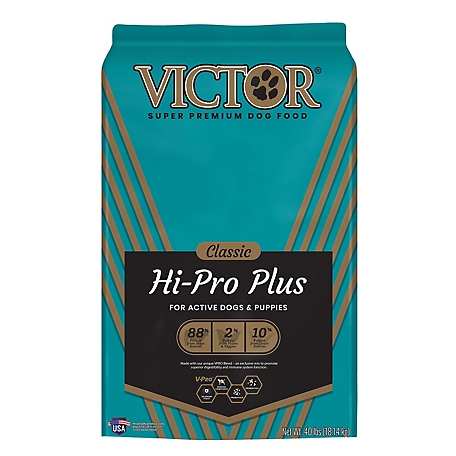
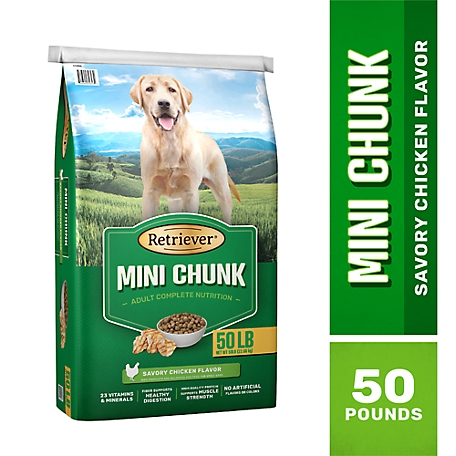
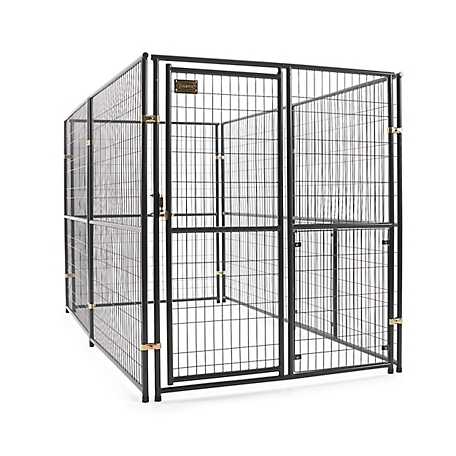
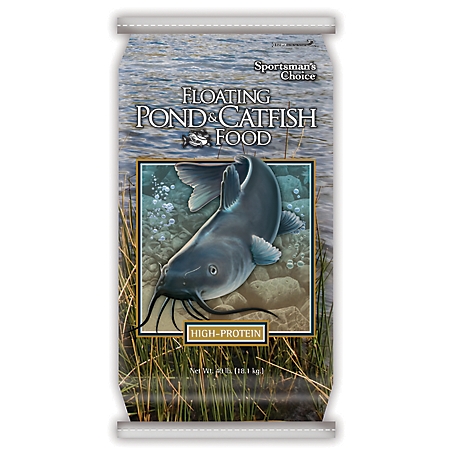
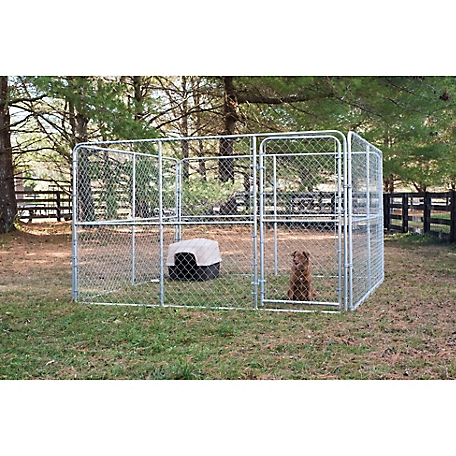

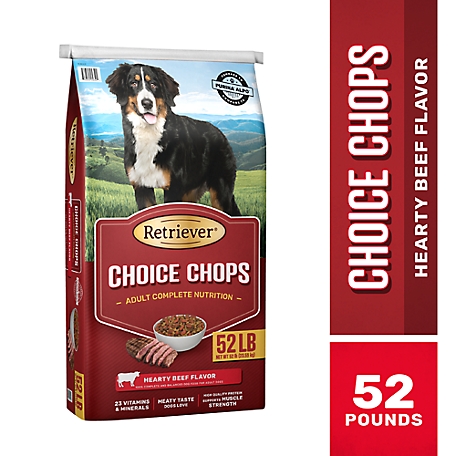
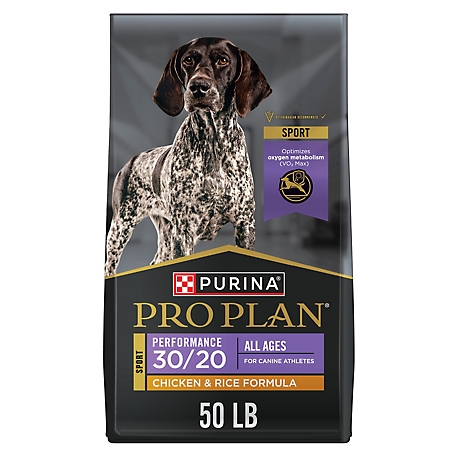
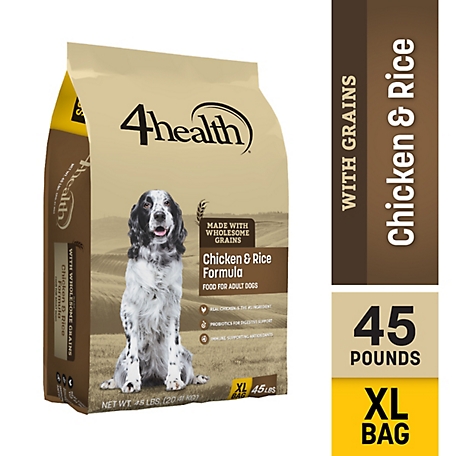
by Jenny
It is waterproof to some degree. When i had to wash it, it lost its waterproofing.